Genix VS Traditional Filter
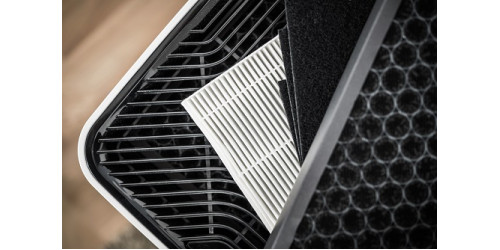
There are different kinds of filters out in the market but you don’t know which one to buy? Here we provide you with detailed descriptions of the most common filters and compared them to our product. The most common air filters are HEPA Air Filter (high-efficiency particulate air) and Activated Carbon Filter. Each filter has its own pros and cons.
HEPA Filter
HEPA Air Filters are widely used in our daily life. For example, medical facilities, automobiles, aircraft, traditional air filters, and homes. The HEPA filter needs to go through strict restrictions. According to the United States Department of Energy(DOE), it must remove 99.97% of particles and 99.95% in Europe. Which roughly equals 0.3um particles must be filtered, HEPA filter can filter pollen, dust, moisture, bacteria, virus, and other microorganisms.
HEPA filters are made up of a mat of fibers that are arranged in a random pattern. The fibers are usually composed of polypropylene or fiberglass with 0.5 to 2.0 micrometers. These fibers create a narrow convoluted pathway through which air passes. When small particles are passing through this pathway, it collides with the fibers. When the particles collide with the fibers, this motion is called Brownian motion. The small particles have very little inertia and they move around like air molecules. Therefore, the most important parts of HEPA filters are the fiber diameter, filter thickness, and face velocity.

Genix Filter
During the COVID-19 period, thousands of scientists have been studying ways of eliminating the Covid virus. Yet not a lot of cases have been confirmed on any international platforms since it is a new study area. IADIY's newest design, Genix, is a product that uses UVC and photocatalysis to kill bacteria and viruses. UVC has been widely used in a commercial yet not in our daily life due to its safety and efficiency problems. Below is a simple explanation about HEPA Filter vs Genix
Reactive oxygen and ozone (O3) are dangerous to humans; long exposure can lead to lung disease or even more severe damage. Some UVC filters on the market produce ozone into the atmosphere. Reactive oxygen and ozone are odorless and transparent, so you may be living with dangerous particles without noticing. Genix works by turning photocatalyst into super oxidizing hydroxyl radicals under the energy of UVC light, which in turn breaks down viruses and bacteria. The photocatalyst will not be depleted in the process as long as it exists on the filter’s surface. Its effects are indefinite with just a trigger of UVC light. The Reactive oxygen is embedded in the purifier's filter, and it does not produce ozone (O3). The range of reactive oxygen is extremely short, with additional ionization between the positive charge of the reactive oxygen and the negative charge of the filter. Therefore, the reactive oxygen will not leak. The only compounds released from the machine would be water (H2O) and carbon dioxide (CO2).
For more information about how Genix works, please visit here.
For more information about UV rays, please visit here.

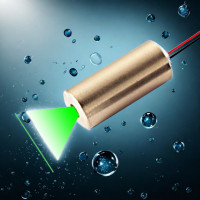
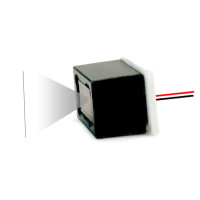
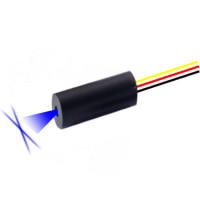
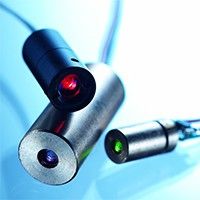
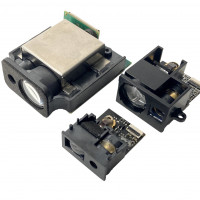
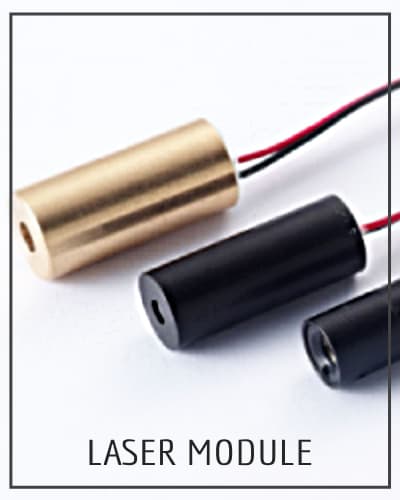
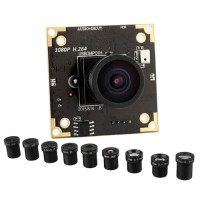
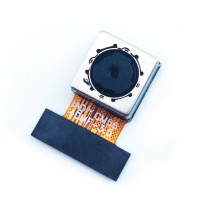
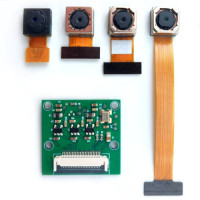
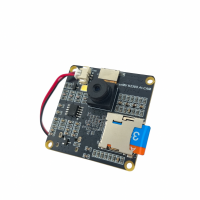
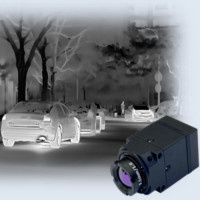
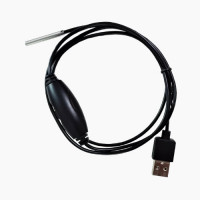
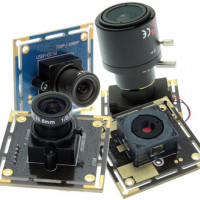
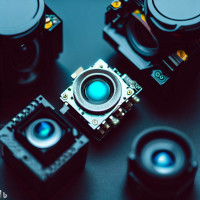
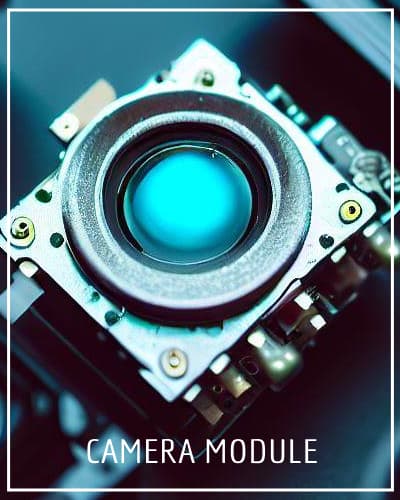
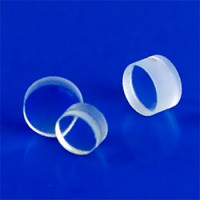
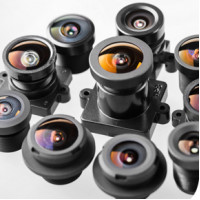
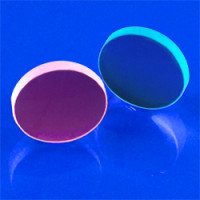
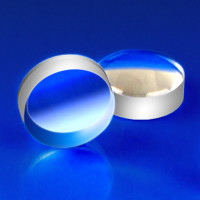
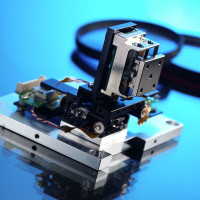
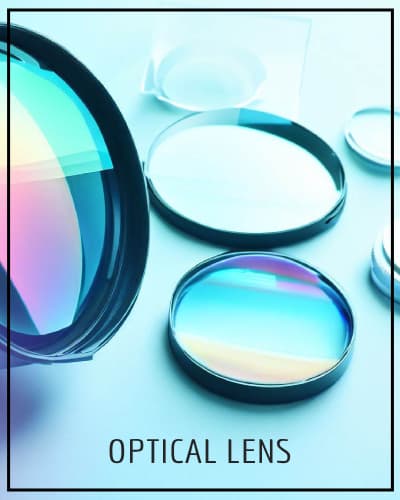
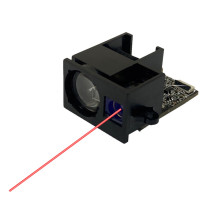
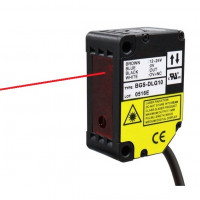
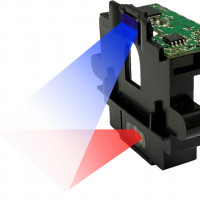
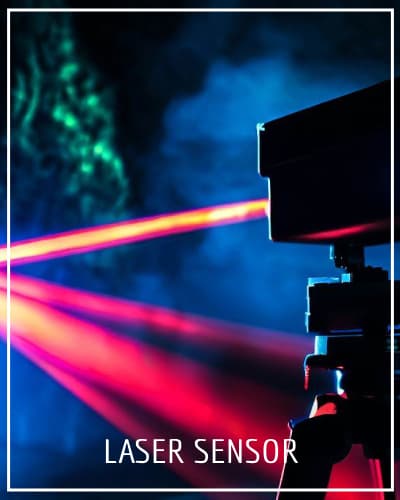
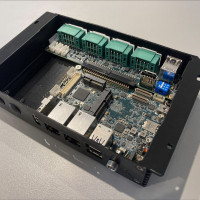




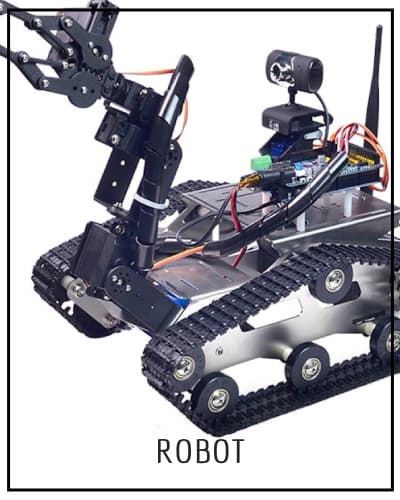

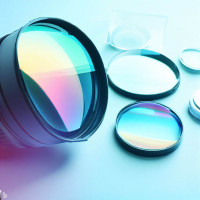




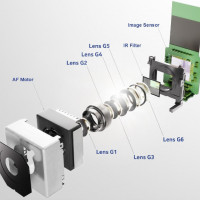



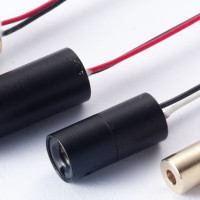
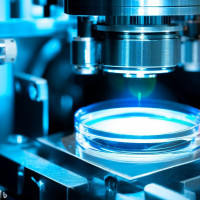
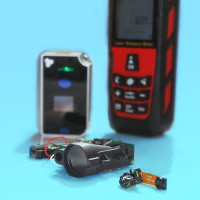

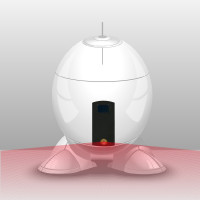
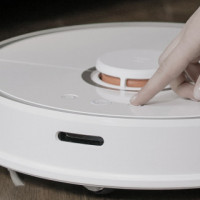


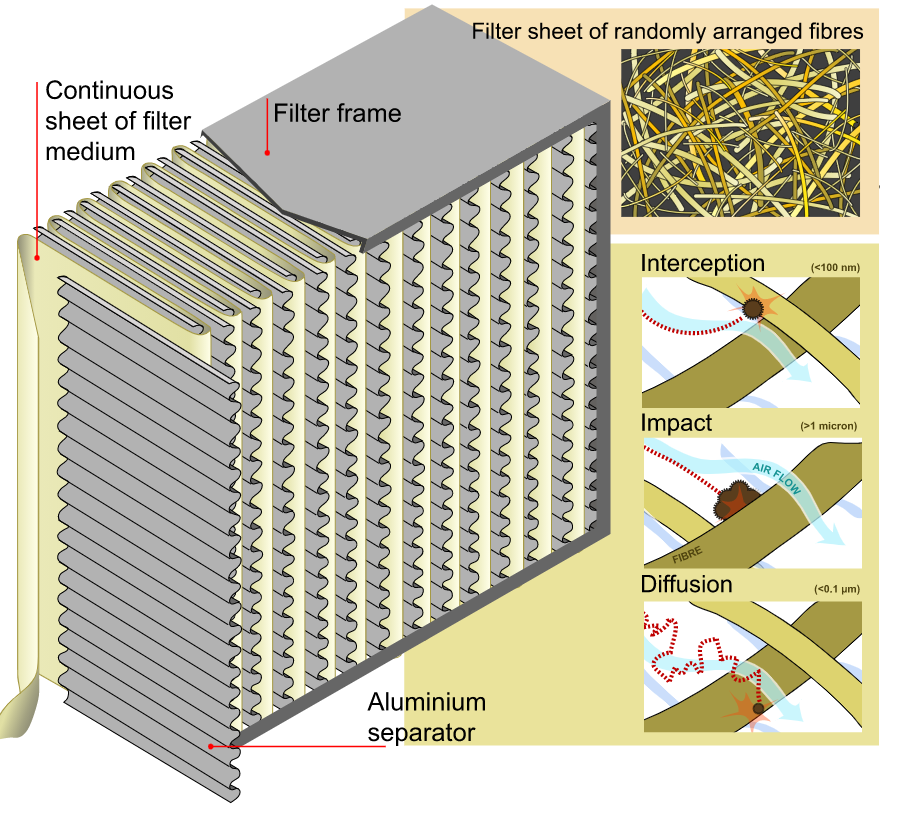
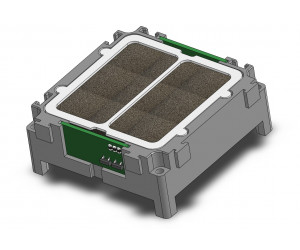
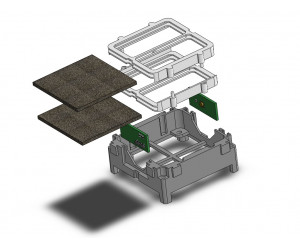
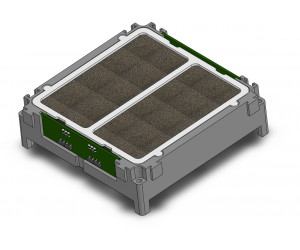
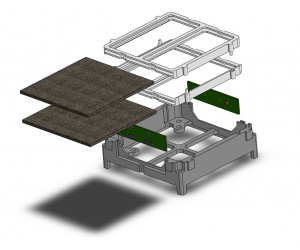
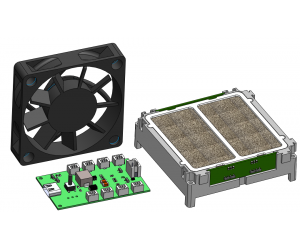
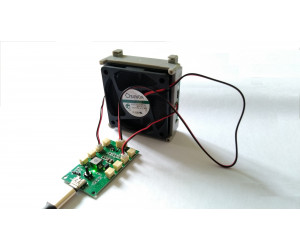
Leave a Comment